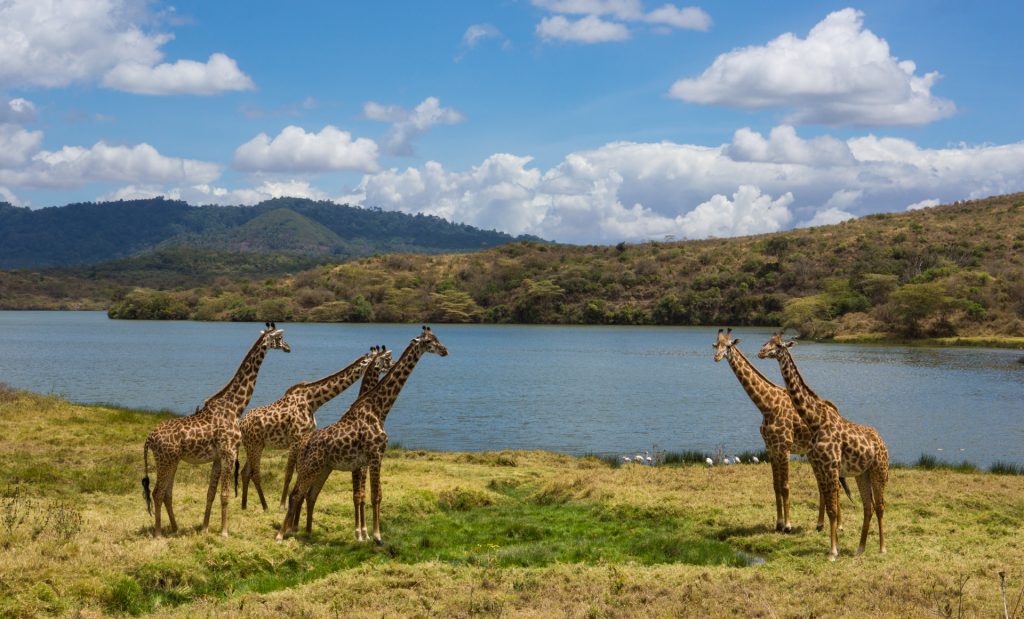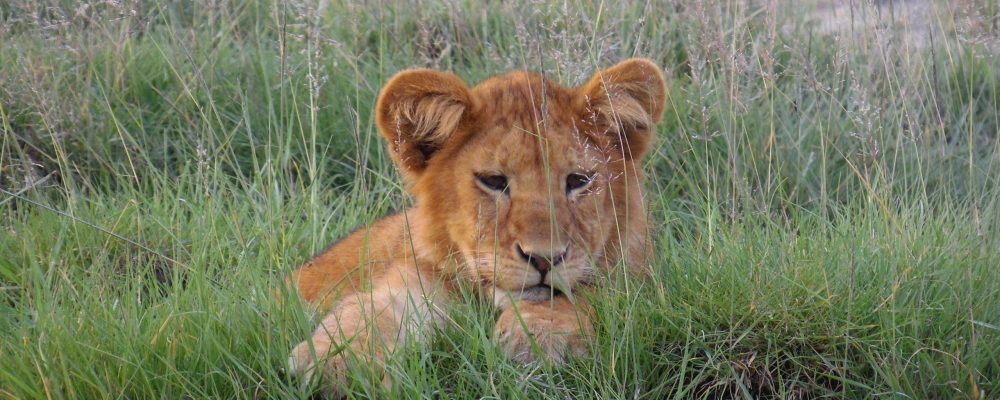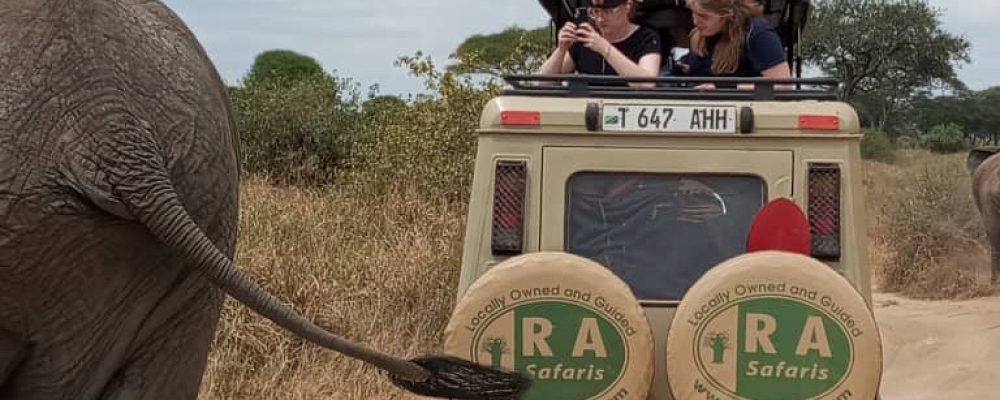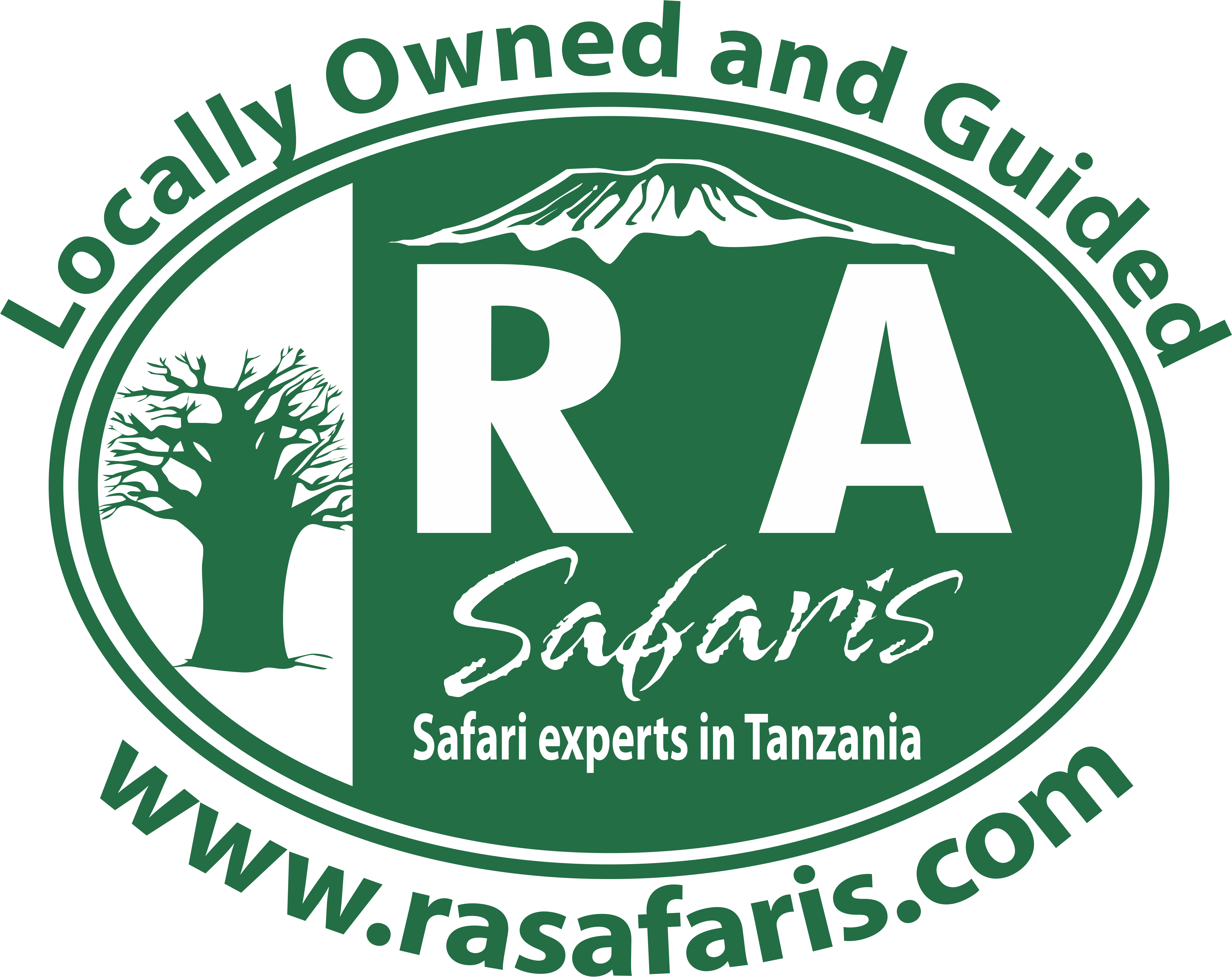
Tanzania is famous for multiple natural wonders:
Mount Kilimanjaro – the highest point in Africa,
Ngorongoro Crater, the highest density of wildlife,
Elephants of Tarangire,
the world’s largest migration of animals, in Serengeti.
Here are some of Tanzania’s most famous attractions, all of which RA Safaris can arrange to visit as part of a custom safari.
Famous Destinations

Mount Kilimanjaro
The highest mountain in Africa and the ‘most walkable mountain’ in the world is found in Tanzania. The majestic Mount Kilimanjaro is an extinct volcano that rises steeply from the surrounding plain and can be seen by the naked eye over 100 miles away.
Reaching an astounding 19,340 ft (5895 meters) in height, this is one of the few places on Earth where you can see the curvature of our planet. Kilimanjaro is so big that it is visible from space.
Despite its size, no specialty equipment is required to summit Uhuru Peak; just good shoes, a great guide, and your own personal grit. Beginning climbers and experienced mountaineers alike will enjoy the challenge of Mount Kilimanjaro. There are various routes to choose from, so consider which best suits your experience and fitness level.

Ngorongoro Crater
Often considered one of the natural wonders of the world, Ngorongoro Crater has several claims to fame:
- As the world’s largest, intact volcanic caldera
- A unique biosphere; the highest density of wildlife in the world
- A haven for endangered black rhinos
Because of the high density of animals, visitors are likely to spy some of Tanzania’s incredible wildlife in a single afternoon; elephants, hippos, rhinos, zebras, lions, and gazelles, just to name a few. The area is strikingly beautiful, so be sure to pause at the viewpoint to really take in the enormity of this volcanic caldera before slowly descending to witness the wildlife up-close.

Serengeti
Serengeti National Park is famous for the Great Migration and epic river crossings over the Mara and Grumeti Rivers.
While the seasonal river crossings are exciting, this is not the only way to experience the migration; the Great Migration is a continual movement of animals across the ‘endless plains’ of the Serengeti.
Africa’s Big Five may all be spotted in this area, as well; as rhinos, lions, elephants and more all have their natural habitat within this important ecosystem.

Mount Meru
Tanzania’s second-highest mountain is Mount Meru and stands at 14,980 ft (4,566 meters). It is situated in Arusha National Park and overlooks the city of Arusha. This is a challenging but beautiful trek up a dormant volcano and can be completed in either three or four days.
Trekkers will overnight at permanent huts, not tents, and will climb to the summit in time for a glorious sunrise atop one of Africa’s most incredible volcanoes.
If you choose the four-day trek, there may be time to include a waterfall hike and brief walking safari as you return to the ranger station. Walking safaris are a special way to view giraffes, zebras, Cape buffalo, and more from a safe distance.

Lake Natron + Ol Doinyo Lengai
Lake Natron and Mount Ol Doinyo Lengai are two nearly inseparable attractions situated in a remote area of Tanzania.
Lake Natron is a harsh salt lake where few fish can survive. However, it is the prime nesting ground of lesser flamingos, who feed on the unique red algae that gives the water its pinkish hue. It is estimated that three-quarters of all lesser flamingos in the world were hatched at Lake Natron.
A short distance from the lakeshore are some incredible fossilized footprints that have drawn the attention of National Geographic. Over 400 fossilized footprints of humans and cattle have been discovered in the area, with estimated dates projected as far as 19,000 years ago.
Archeological Sites
Olduvai Gorge
Olduvai Gorge (sometimes called Olupai) is the famous excavation site of Louis and Mary Leakey, where they made important discoveries about the first humans. Tools and other remnants of early civilization have been uncovered.
Visitors can tour the modern museum and see the findings that changed what archeologists believed about the earliest humans.
RA Safaris recommends visiting Olduvai Gorge on the drive to or from Serengeti National Park, after a visit to Ngorongoro Crater.
Kilwa
Architecture or history buffs visiting Southern Tanzania should include a visit to Kilwa as part of their tour. The ruins of Kilwa pay homage to the splendor of this ancient city in the 13th and 14th centuries.
To this day, the Great Mosque of Kilwa is the oldest free-standing mosque on the Swahili Coast. of East Africa and is a fantastic example of early architecture in East Africa.
Cave Paintings
Iringa, Tanzania boasts some of the world’s best-preserved prehistoric rock paintings at a site known as Kondoa Irangi. There are more than 1,000 paintings spread over approximately 200 different locations in the area, where visitors can see some of the first artwork ever created.
Some of the paintings have been preserved within the caves for tens of thousands of years.

